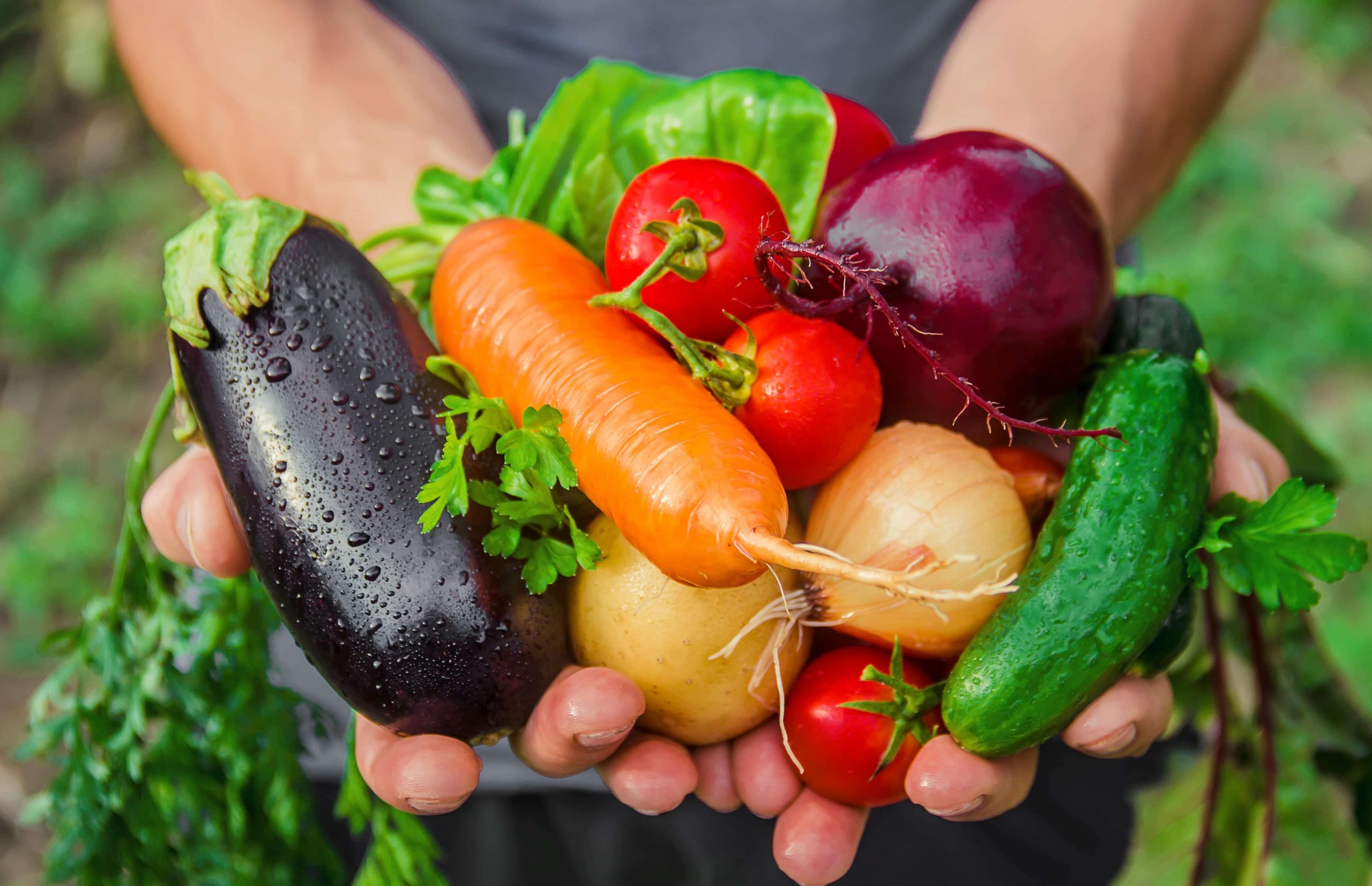Have you ever heard of the saying that food tastes way better when you grow them yourself? Up to now, that saying is still highly applicable. Whether you make a flower or vegetable garden, the amount of effort it’ll require from you would be somehow the same. While starting your greenhouse garden can be a little compelling to hear, you must know that it might not be as easy as you think it’ll be.
Having a greenhouse makes for a wonderful treasure to any crops. Besides serving as a shelter for your crops, this also lets gardeners make the most of the sunlight, yield a wide range of high-graded crops, and prolong seasons. Using a greenhouse, you can now sustain a very fruitful harvest at any time you want with any crop you’ll plant.
This also allows you to know how to plant several crops that aren’t even in your region. For instance, with adequate knowledge from reliable service providers, you can learn how to grow lettuce in a greenhouse.
To effectively make your goals about dream greenhouse gardening come true, you must first know how to properly check the soil, temperature, and water sources and choose what to plant. To help you more, below are some important things you should know about gardening and vegetable gardens.
Why Grow Vegetables in Your Greenhouse?
The rise of vegetable gardens makes a significant impact on greenhouse gardening and growing crops. Many homeowners and home gardeners are now transforming outdoor gardens into indoor growing hubs to test their nurturing skills. Aside from allowing you to know how it feels like to grow your food, your crops can also be chosen for their fragrance, beauty, or as a supplement to assist home food supplies. Besides that, while gardening may appear easy to you, it has complexities and difficulties that make for a challenging yet fulfilling experience.
Also, some of the things that you should know about greenhouse gardening include:
- With the right solution, you’ll be able to pull off your ideas of planting vegetables in your greenhouse, no matter how hard it may be. For starters, you must choose to plant easy-to-grow greenhouse crops. While it might take some time from you, you’ll eventually find yourself leveling up and excited to grow some challenging plants.
- Growing your food, especially your vegetable greenhouse, isn’t only completely fulfilling and satisfying and helps you save recurring grocery costs. You don’t have to shop for veggies anymore as they’re already in your greenhouse through this alternative.
- When choosing the right crop to plant in your greenhouse, always opt for those you eat and are essential to you. Besides that, you should also know that the best vegetables to grow in your greenhouse are those you eat or sell. You may also select those that thrive indoors, such as strawberries, lettuce, tomatoes, peppers, beans and peas, and cucumbers.
- Plant wisely. During winter, you must take advantage of cold-season vegetables and heat-tolerant plants during summer. Apart from that, also take note that your planting seasons might be divided into two, during winter and summer.
- One of the most effective ways of growing your vegetables includes mulching or the process of covering the soil to make favorable conditions for plant growth.
After learning some of the most important things about greenhouse gardening, you may also learn of the top five vegetables that you can grow in your greenhouse, and they’re as follow:
1. Leafy Greens
These crops are among the most highly adaptive crops that you can plant in the same growing environment. Aside from that, these are also some of the most exciting opportunities for greenhouse products, like the salad types and Bibb lettuces. When choosing what to plant, always remember that nearly all leafy greens thrive in the same environment required for most ornamental crops, which means that only little adjustments are needed to make them grow.
Aside from learning the growing techniques of leafy greens in hydroponics and soil, these crops will only require little to scant adjustments from you to help them flourish. Despite that, the profitability rates can be excellent as long as sales are as local and direct to the consumer as possible. Also, the types of these leafy greens cover a wide range of tastes, colors, and shapes.
2. Peppers

One of the most popular greenhouse crops includes peppers. Greenhouse bell peppers, in particular, differ in types, shapes, flavors, and colors and need sufficient humidity and temperature control to grow. While they may be considered the most difficult crops to grow in your greenhouse, they still make incredible tasting and wonderful ornamentals.
Since almost every variety of peppers occurs in naturally hotter climates, they’re ideal crops for greenhouse growing. Some of the most popular variety of peppers includes Sweet Bells, Jalapenos, and Chilies, which make for excellent dishes without taking up huge space in your greenhouse garden.
To grow them, you must place them at a minimum nightly temperature of about 13 degrees Celsius. Due to this, these crops aren’t ideal to be planted outside their respective countries. Fortunately, the added temperature generated by the clear walls and shelter of greenhouses is suitable to grow peppers.
Many people are now considering using these crops for other purposes, like decorations and additional flavors to many dishes. Despite its difficulty growing in your greenhouse and the many challenges you might have to deal with regarding its production, peppers are considered a highly marketable crop, especially the multi-colored ones.
3. Tomatoes

One of the most common and most familiar greenhouse vegetable crops includes tomatoes. With a wide variety of available options in varying shapes, colors, and sizes, these crops are popular among home gardeners. Apart from them, some other crops like grapes, beefsteaks, cherries, and tomatoes on the vine are also prominent crops for many growers, even with some of the largest ones in the market.
4. Cucumbers

Are you looking for sweet and tender veggies perfect for school lunchboxes? You might be talking about cucumbers. For most consumers, the wide variety of cucumber choices made their gardening journey easier and more meaningful. While the long green cucumbers are more familiar greenhouse varieties for most consumers, they can also be a little difficult to grow and produce. One of the reasons behind its difficulty is that cucumbers have to be shrink-wrapped after being harvested to keep them firm and in good condition.
Besides that, Beit alpha types of cucumbers are also made popular among greenhouse growers, as they’re easier to wrap in a package and don’t require shrink-wrapping as any other types do. These particular types of seedless cucumbers are also known for being tender, sweet, and perfect for food packs.
5.Spinach

Another type of leafy greens that are famous among greenhouse growers includes spinach. Aside from being largely known to be dirt-free, clean, and free of debris, these crops make for a good food safety standpoint. Spinach that is grown and sold locally is said to offer a great quality of taste and freshness. In growing spinach, you should know that as greenhouse crops, they tend to bolt or go to seed, depending on the day lengths and growing conditions.
Benefits Of Growing a Vegetable Garden
Improve Health
Fresh vegetables are crucial to maintaining a healthy diet. Aside from being loaded with essential nutrients and minerals that promote health and well-being, vegetables also contain antioxidants and vitamins that your body needs. To boost your health, one of the easiest and most affordable alternatives you can do is to add fresh vegetables to your daily meals and your loved ones’.
Not only adults benefit from growing veggies in your garden, but also the children in your household. In particular, children and infants benefit most from the health-giving nutrients and minerals of vegetables. Also, various studies show that kids who’ve been fed with homegrown products are more likely to achieve a healthier body and eat sufficient servings of fresh fruits and veggies compared to children who don’t.
It’s well established that not all children are great fans of green and leafy vegetables, so the least that you could do to improve their health is to get them to appreciate veggies and eat them in their daily meals.
Save Money
One of the primary benefits of growing vegetable gardens is that they allow you to save more money while getting all the nutrients you and your family need. This type of gardening allows you to stock up fresh vegetable products grown in your greenhouse and have more food to enjoy for weeks without spending many dimes on store-bought veggies.
Having a variety of fresh vegetables to choose from in your backyard allows you to save much more money than when you buy them from stores. If you like to reduce your grocery expenses, you might as well try to grow your vegetable garden. You might not even believe how much money you can save from growing your food through this alternative.
Most people are now starting to grow different types of vegetable gardens in their houses as this alternative effectively reduces their expenses on food budget from meals and snacks. In particular, a small packet of seeds costs about only a few cents, and with the right care, they’ll grow to a lot of vegetable supply. After all, nothing beats the ecstatic feeling of seeing your pantry overflowing with food and vegetables that you can preserve for as long as you can and promote your family’s health without spending too much.
Bottom Line
Growing your vegetable garden poses many benefits that you may not realize until now. While purchasing your food from stores can make you get through the day, having your food supplies coming from your garden can also help you achieve vitamins and minerals that your body needs without spending too much.
To effectively grow your vegetable garden, you must know what to plant. Some of the best vegetables to grow in your greenhouse include leafy greens, peppers, tomatoes, cucumbers, and spinach.
Given the right care and effort, your simple vegetable garden can get you through the hassle of paying for a hefty amount of grocery expenses.


